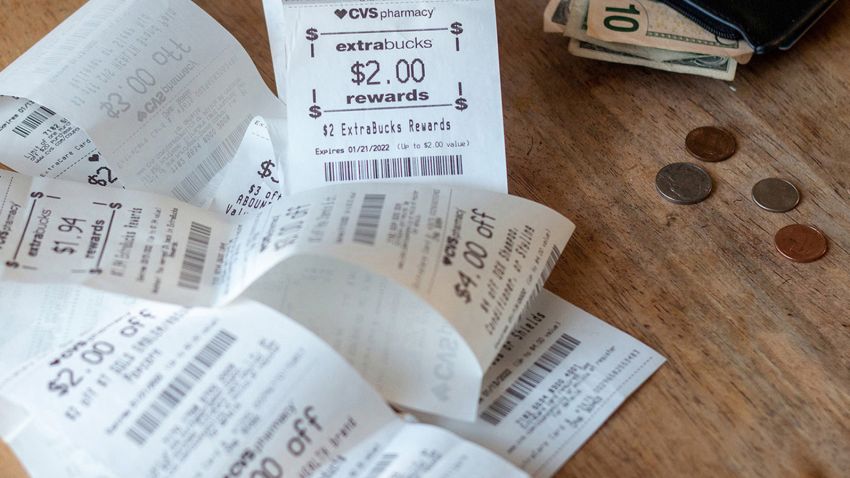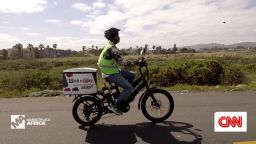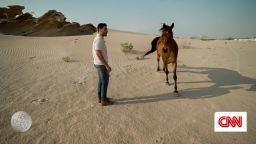Wander around a supermarket and you’ll bump into all sorts of characters: Tony the Tiger, Toucan Sam, Cap’n Crunch and Buzz Bee in the cereal section. Mr. Clean, Brawny Man and the Charmin Bear among the household items.
A few aisles later, chances are you’ll spot Betty Crocker, Kool-Aid Man, Elmer the Bull, Pillsbury Doughboy, Energizer Bunny and more.
And, of course, the characters aren’t just in stores. Colonel Sanders, Ronald McDonald and the Burger King are synonymous with fast-food chains. The Michelin Man sells tires. Geico Gecko, Aflac Duck and Flo from Progressive offer insurance.
Why have brands flooded us with cheesy, or sometimes racially-stereotyped, spokespeople and mascots for so long? What’s their purpose?
Distinctive characters are tools brands use to create emotional connections with consumers and signal their personalities and key attributes — reliability, purity or humor, for example.
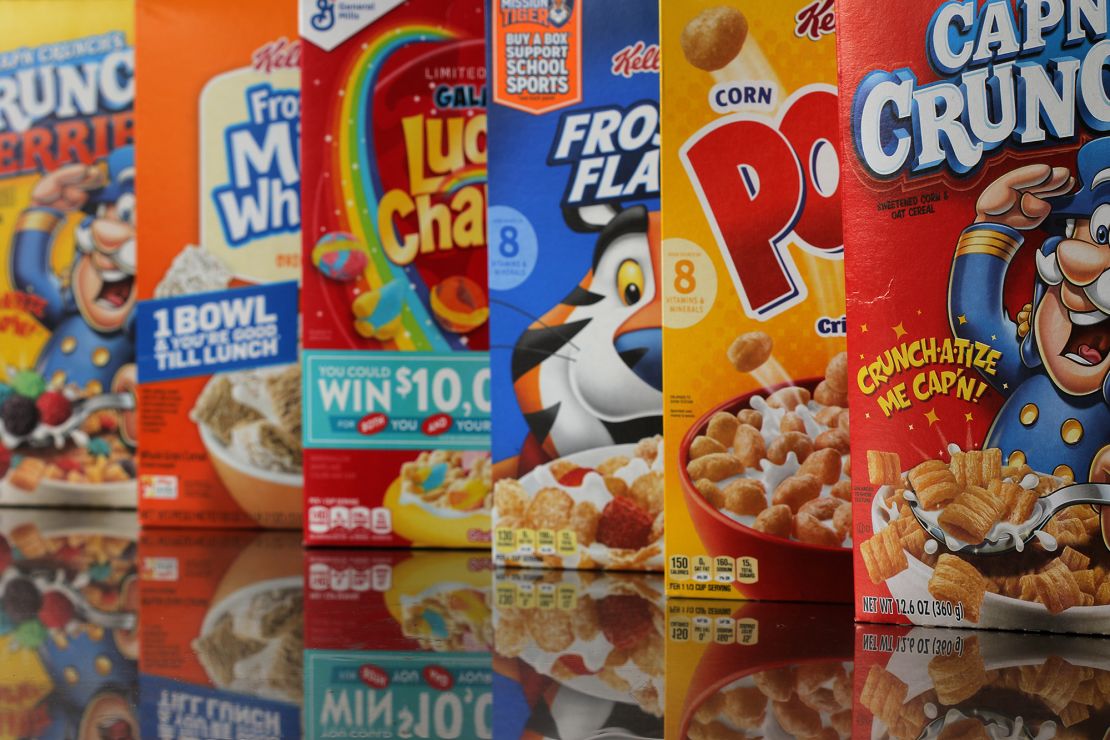
A recognizable character at the store can also be a visual shortcut for consumers who have endless choices, marketing experts say. In the complex insurance industry, for example, likeable and familiar characters can be used to convey information in a simple way.
Characters and mascots “are valuable as a memory prompt. They’re easy to process. You don’t have to commit any cognitive resources to reading product information, brand names or prices,” said Akshay Rao, a marketing professor at the University of Minnesota. “You don’t have to give it a first thought, let alone a second thought.”
Plus, polling shows that consumers like advertising mascots. In a joint Harris Poll- Ad Age online survey of 1,000 US adults last year, 79% said they enjoy seeing mascots, such as Tony the Tiger, Ronald McDonald or Mr. Clean.
“When you have a character that’s well established and a mental shortcut, you’d be hard pressed to walk away,” said Britt Nolan, the president and chief creative officer at Leo Burnett, the agency that developed Tony the Tiger, Pillsbury Doughboy and other iconic characters.
Human characters
The rise of brand characters can be traced to the Second Industrial Revolution in the late 19th century, when food and consumer goods became mass-produced.
Prior to the 1870s, food and other household products were grown on family farms or available from a local grocer. There were no big national brands like we know today or national distribution networks.
Factory production — and railroads to transport goods — opened up the possibility for consumers to get packaged foods and products from distant factories.
But manufacturers needed ways to convince shoppers that these new factory-made products were safe.
Human characters served as a substitute for the personal connections consumers were used to having with their foods, said historian Susan Strasser, author of “Satisfaction Guaranteed: The Making of the American Mass Market.”
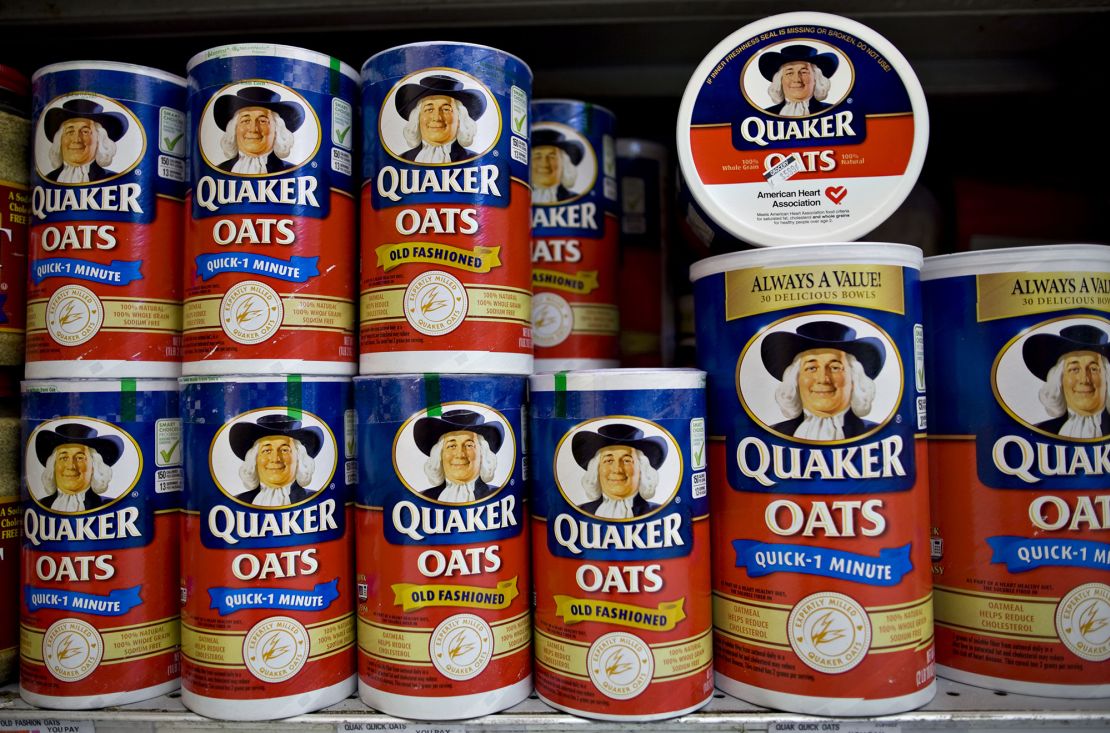
Early brand characters were often grandmothers, cooks in white caps and aprons or young girls. This imagery was meant to be “connected with tradition, so that it wasn’t so jarring to be getting these factory-made products,” she said, as well as “cleanliness, so you wouldn’t worry if something was going to kill you.”
For example, although the Quaker Oats founders were not Quakers, in 1877 they chose a Quaker character to represent the brand and project values of honesty and purity. (He’s known among company insiders as “Larry.”)
Other early brand characters were sometimes based on racist stereotypes of Black people and Native Americans, such as Aunt Jemima pancake mix, Uncle Ben’s rice, Rastus for Cream of Wheat and Land O’Lakes’ Native American maiden.
Many of these characters have been discontinued in recent years. There have also been calls to retire Miss Chiquita of Chiquita Brands’ bananas and other outdated mascots.
The influence of television
Brands soon turned to so-called “spokescharacters” and animals to distinguish their products.
Bibendum, created in 1898 and known today as the Michelin Man, was one of the earliest examples. The character was inspired by a stack of tires that resembled a human torso.
Dogs, cows, bears, bulls and other animals also started to appear as mascots for brands, especially for snacks and foods that were aiming to appeal to kids.

The rise of television in the 1950s and early 1960s propelled these kinds of characters into the cultural mainstream. Advertisers had a captive audience watching these personalities develop during commercial breaks on popular series.
“You see a lot of characters appear when television advertising was new,” Nolan said. “TV advertising was trying to figure out how to be both informational and entertaining at the same time.”
Cigarettes and cereal boxes
But it takes time and investment to build a brand character. That’s harder today than it was when everyone was sitting at home watching TV commercials.
“Character development tends to be video-based and rely on a certain level of saturation,” Nolan said. “That doesn’t make sense for as many advertisers as it used to. You no longer own the consumer’s attention.”
Instead, many brands have turned to celebrity spokespeople, partnerships and social media influencers instead of launching new mascots.

There are also pitfalls involved with using characters, and they have been deployed for harmful purposes in the past. Cigarette makers used characters such as Joe Camel and the Marlboro Man before reaching a sweeping settlement with states in 1998 that banned characters in tobacco advertising.
Public health experts have called for food and drink makers to end the use of mascots and brand characters to market candy, cereals and sugary drinks.
In Chile, the government went as far as banning mascots such as Tony the Tiger and the Trix Rabbit from appearing on cereal boxes.
One popular European grocery chain, Lidl, in 2020 removed characters from its cereal brands in the UK to limit “pester power” — children nagging their parents to buy sugary cereals emblazoned with their favorite characters.

